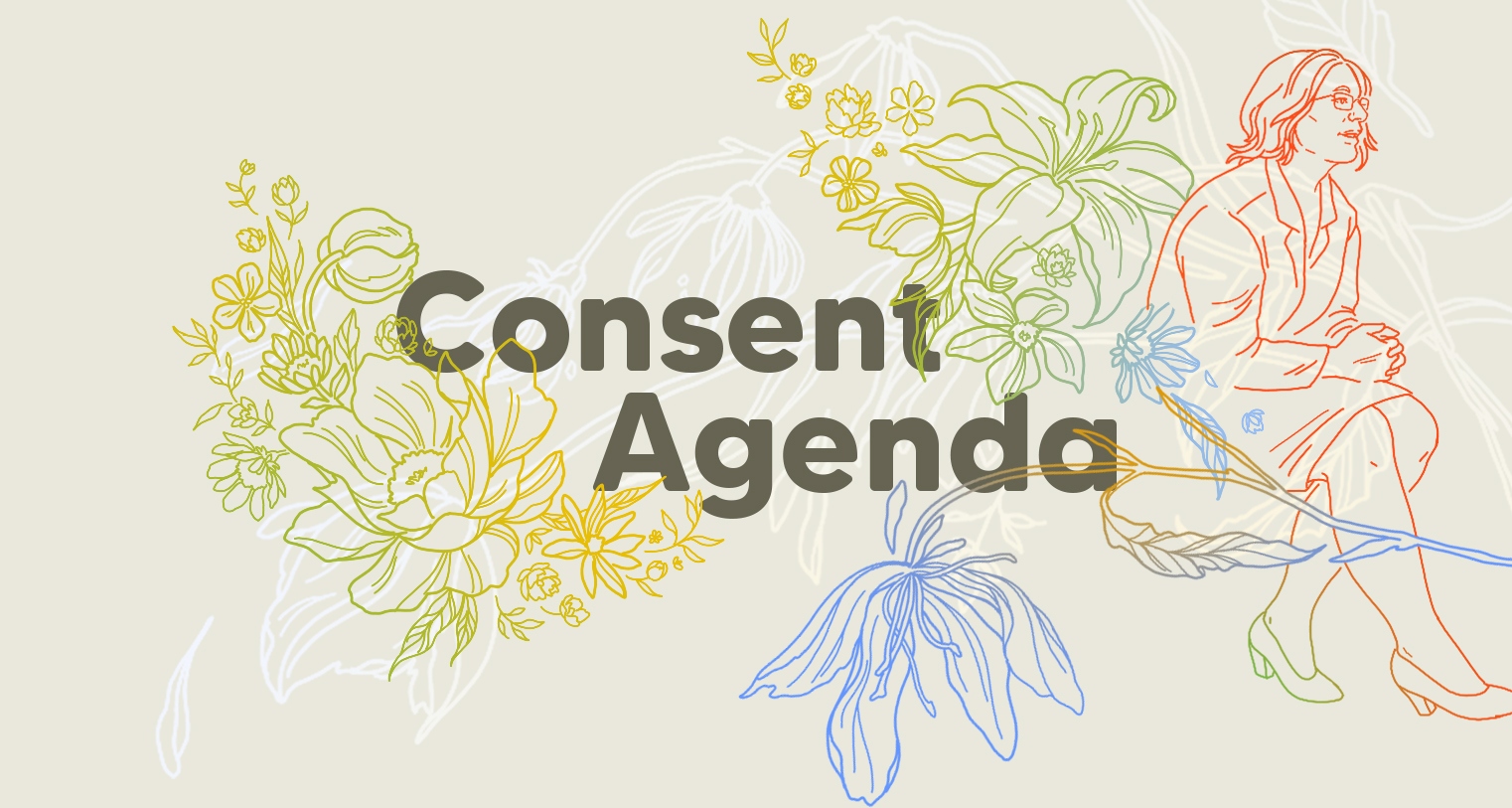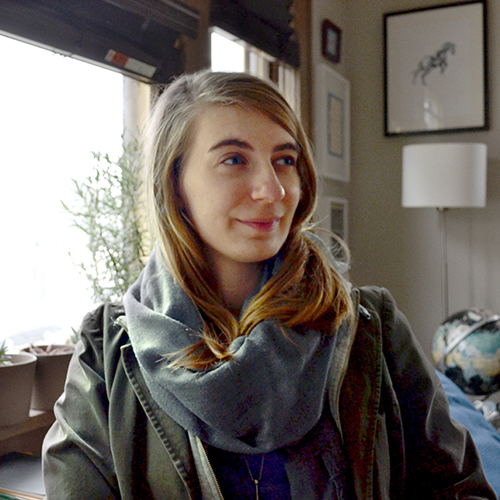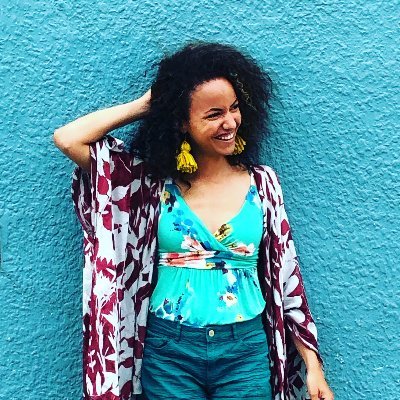

Our work to
prevent
sexual
assault.
Story by Erin Murphy
Illustration By Allegra Lockstadt

When I was elected, I didn’t imagine sexual assault and harassment would become central to my work as a politician.

I knew women who had been harassed and assaulted but it wasn’t until I was elected and I heard, with frequency, about the experiences of my colleagues that I understood how endemic it is to almost every setting in our culture. Sexual assault and harassment exist in our schools, streets, workplaces, and the halls of power — as we’ve painfully seen in our own state legislature.
The Code of Ethics for Nurses demands that nurses work to prevent harm. Our aim is to keep people out of the hospital. We promote and preserve health and preventing sexual assault is a matter of public mental and physical health.
I remember when a colleague shared with me her story of being sexually assaulted. I recall that we were outside together — it was hot and sunny and she asked me to do more to prevent sexual violence. I made her a promise. I gave her my word.

We all
have to
do more.

According to the Center for Disease Control, one in five women have experienced “completed or attempted rape,” and the numbers are worse for the LGBTQ community.
Sexual violence is not this pervasive because there are a few “bad apples” out there. It persists because we are all participating in institutions and a culture that condones it. We often think about punishment for perpetrators as the solution. But better would be efforts to prevent the harm. And that means seeking institutional and cultural solutions.
“We often think about punishment for perpetrators as the solution. But better would be efforts to prevent the harm.”


Over the last decade I’ve worked to increase funding for sexual violence prevention, supported colleagues as they have disclosed their experiences and named their harassers, and worked to change the Legislature’s response to claims of harassment and assault. These are positive and important steps. To go further, we have to invest in community interventions and cultural shifts that change behavior, and help prevent harm.
Consent education is an effective long-term strategy for that. Teaching consent is rooted in bodily autonomy, a concept that extends well beyond our current definitions of intimacy. Sharing is an act of consent. Bullying is an attack on consent. Personal agency is a concept we can embed in our work as parents, as teachers, and as adults living together in a free and democratic society.
Our culture is full of examples where our physical autonomy is casually violated; clean your plate when you’re full; pose with Santa while you’re crying, or sit on a relative’s lap against your will. I recognize that changing these types of cultural expectations will be difficult — they are for me too.
“To go further, we have to invest in community interventions and cultural shifts that change behavior, and help prevent harm.”
I grew up in a very big family. I didn’t see some of them very often and they felt like strangers when I did. We were raised to hug our relatives when they visited and I am an admitted hugger as an adult. But as a young person, the pressure to hug felt like it was overriding my own internal signals of choice and, sometimes, protection.
In college, my group of friends would talk about how many times we were grabbed and touched without consent, like it was a compliment. As I was working my way through nursing school as a server in restaurants, it was normal to be touched; an uninvited hand on your waist, on your behind, a little too much of a massage, was a part of the job. The line between welcomed and necessary physical touch and uninvited touch is too often blurred.

These may seem like harmless or trivial examples, but exploring and challenging them are central to reexamining our culture’s values around consent, autonomy and safety. All values we need to develop collectively if we want to address sexual assault at its root levels. I have now learned to ask, with words and actions, if it’s ok to give a hug, especially with children.
In the wake of #MeToo, a common retort is the hypothetical “contract” for physical contact. Some say it is no longer safe to hug a person. That the burden of affirming consent is too much of a stretch. Learning about and expecting consent — in all things — means we are operating with more powerful respect for others and clearer boundaries for ourselves. The “no means no” of our past must be replaced with “yes means yes.”
As I’ve pursued my promise to my colleague, I’ve encountered incredible people doing this work. I met then-University of Minnesota Student Body President Joelle Stangler and Vice President Abeer Syedah. They were driving changes at the university, including a strong affirmative consent policy, eventually adopted by the Board of Regents despite strong objections.
“Learning about and expecting consent — in all things — means we are operating with more powerful respect for others and clearer boundaries for ourselves.”

I met Abby Honold and then Representative Erin Maye Quade who formed a coalition to require consent education in Minnesota beginning in 8th grade. This is what a public health informed campaign to prevent sexual violence looks like.
We all have responsibility for our own actions but individual responsibility alone isn’t adequate to prevent the harm of sexual violence. To reduce deaths in car accidents, seat belts were invented. Laws were changed to require automakers to install them and motorists to wear them. And people needed information and messages to change their behavior.
The same public health approach was employed to reduce smoking and exposure to secondhand smoke, leading to passage of the Freedom to Breathe Act. And like secondhand smoke, what lingers from harassment is not just the immediate harm, but the residual impact on those around it. To prevent the harm of sexual violence, law changes, education, and messaging can increase understanding, change expectations, and behavior.
“Like secondhand smoke, what lingers from harassment is not just the immediate harm, but the residual impact on those around it.”

Employers are leading limited efforts to change behavior with workplace trainings that define sexual harassment and assault, zero-tolerance policies, and set consequences for violations. But these efforts alone won’t prevent sexual assault and harassment — they lack the reach of a public health strategy meant to change expectations and behavior broadly over time. Incorporating consent education into E-12 and higher education curricula, and into civics, health education, or prenatal classes are more effective means to shift awareness of a population in order to drive collective action.
The price we pay for sexual violence, individually and collectively, is high. It seeps into the places we learn, work, live, and play. It attacks our health, security, sense of safety, and our fundamental dignity.
Of course, recovery does happen: victims become survivors, advocates, and leaders who go on with their lives. But those lives are changed because something important was violated. I can imagine a world in which a full quarter more of us are living lives free of sexual violence. That’s a better world for all of us and it is time we pursue it. It is a collective responsibility.


contributors


